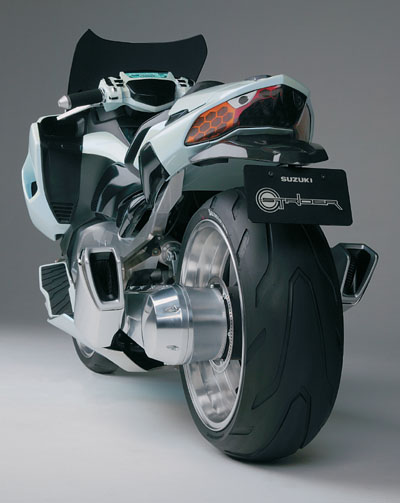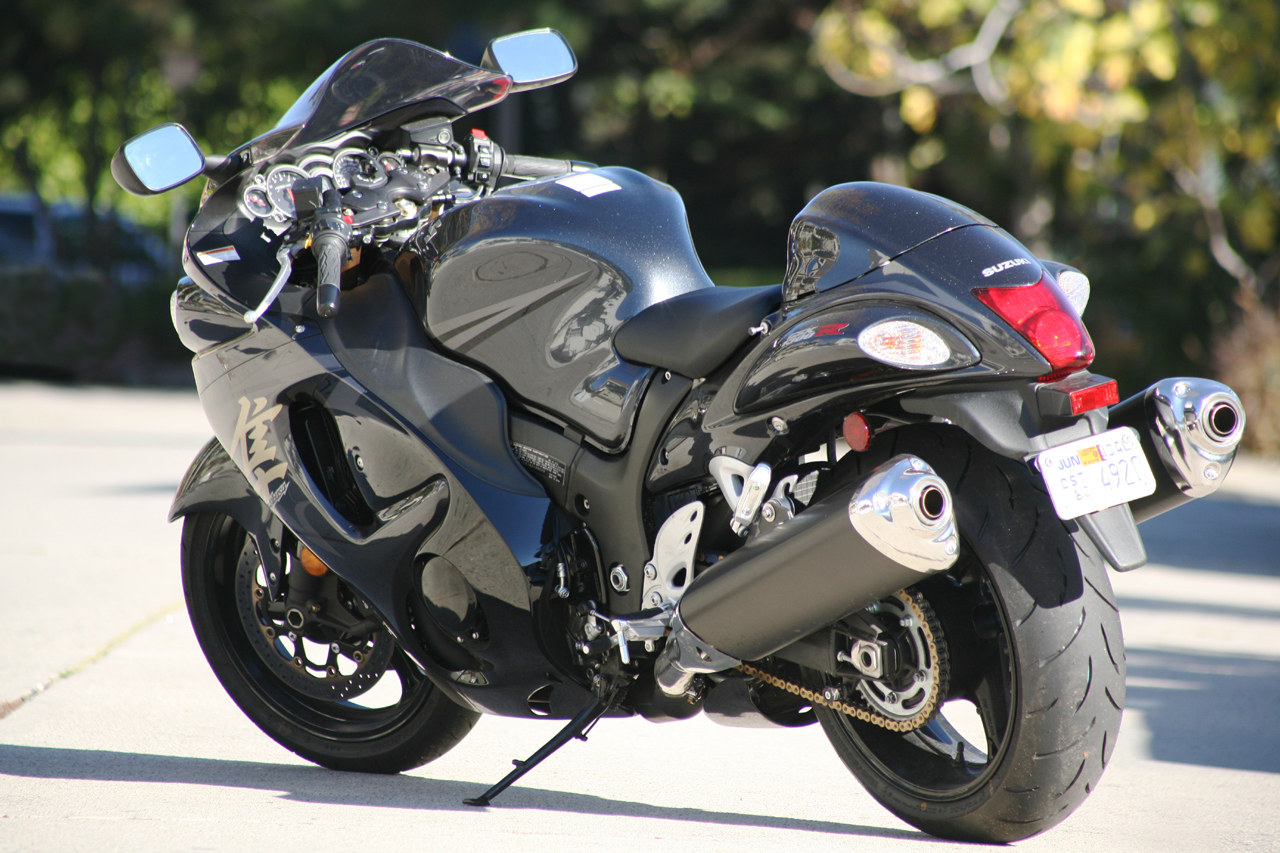"Suzuki" is pronounced [suzuki] in Japanese, with a high tone on the [ki]. It is pronounced /səˈzuːki/ sə-ZOO-kee in English, with a stressed zu. This pronunciation is used by the Suzuki company in marketing campaigns directed towards English-speakers.
Contents
* 1 History
o 1.1 Historical timeline
* 2 Maruti Suzuki
* 3 American Suzuki Motor Corp. history
* 4 Pakistani Suzuki Motor Company Limited
* 5 Suzuki Canada Inc. history
* 6 OEM deals
* 7 Automobiles
* 8 Motorcycles
o 8.1 Models
* 9 All-terrain vehicles (ATVs)
* 10 Event sponsorship
* 11 See also
* 12 References
* 13 External links
History
Text document with red question mark.svg
This section includes a list of references, but its sources remain unclear because it has insufficient inline citations.
Please help to improve this article by introducing more precise citations where appropriate. (July 2009)
In 1909, Michio Suzuki (1887–1982) founded the Suzuki Loom Works in the small seacoast village of Hamamatsu, Japan. Business boomed as Suzuki built weaving looms for Japan's giant silk industry. In 1929, Michio Suzuki invented a new type of weaving machine, which was exported overseas. Suzuki filed as many as 120 patents and utility model rights.[citation needed] The company's first 30 years focused on the development and production of these exceptionally complex machines.[citation needed]
Despite the success of his looms, Suzuki realized his company had to diversify and he began to look at other products. Based on consumer demand, he decided that building a small car would be the most practical new venture. The project began in 1937, and within two years Suzuki had completed several compact prototype cars. These first Suzuki motor vehicles were powered by a then-innovative, liquid-cooled, four-stroke, four-cylinder engine. It featured a cast aluminum crankcase and gearbox and generated 13 horsepower (9.7 kW) from a displacement of less than 800cc.
With the onset of World War II, production plans for Suzuki's new vehicles were halted when the government declared civilian passenger cars a "non-essential commodity." At the conclusion of the war, Suzuki went back to producing looms. Loom production was given a boost when the U.S. government approved the shipping of cotton to Japan. Suzuki's fortunes brightened as orders began to increase from domestic textile manufacturers. But the joy was short-lived as the cotton market collapsed in 1951.
Faced with this colossal challenge, Suzuki's thoughts went back to motor vehicles. After the war, the Japanese had a great need for affordable, reliable personal transportation. A number of firms began offering "clip-on" gas-powered engines that could be attached to the typical bicycle. Suzuki's first two-wheel ingenuity came in the form of a motorized bicycle called, the "Power Free." Designed to be inexpensive and simple to build and maintain, the 1952 Power Free featured a 36 cc, one horsepower, two-stroke engine. An unprecedented feature was the double-sprocket gear system, enabling the rider to either pedal with the engine assisting, pedal without engine assist, or simply disconnect the pedals and run on engine power alone. The system was so ingenious that the patent office of the new democratic government granted Suzuki a financial subsidy to continue research in motorcycle engineering, and so was born Suzuki Motor Corporation.
In 1953, Suzuki scored the first of many racing victories when the tiny 60 cc "Diamond Free" won its class in the Mount Fuji Hill Climb.
1955 Suzulight
By 1954, Suzuki was producing 6,000 motorcycles per month and had officially changed its name to Suzuki Motor Co., Ltd. Following the success of its first motorcycles, Suzuki created an even more successful automobile: the 1955 Suzuki Suzulight. Suzuki showcased its penchant for innovation from the beginning. The Suzulight included front-wheel drive, four-wheel independent suspension and rack-and-pinion steering—features common on cars half a century later.
 Suzuki
Suzuki Suzuki
Suzuki Suzuki
Suzuki Suzuki
Suzuki Suzuki
Suzuki Suzuki
Suzuki Suzuki
Suzuki Suzuki
Suzuki Suzuki
Suzuki Suzuki
Suzuki Suzuki
Suzuki Suzuki
Suzuki Suzuki
Suzuki Suzuki
Suzuki



